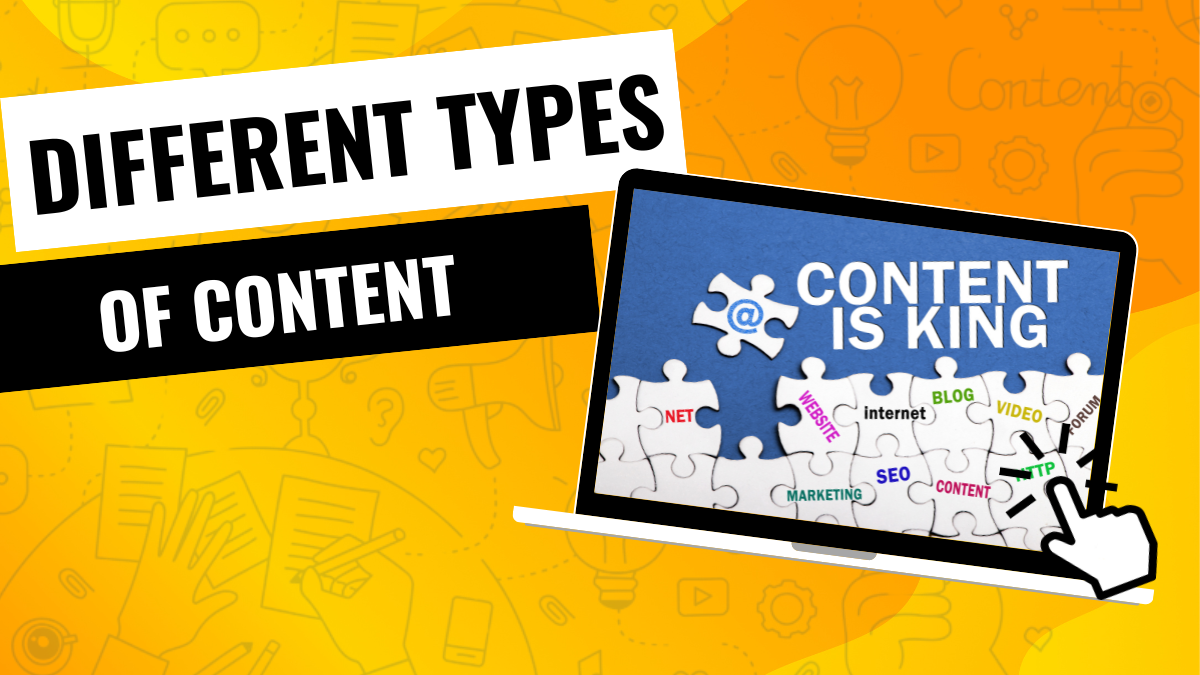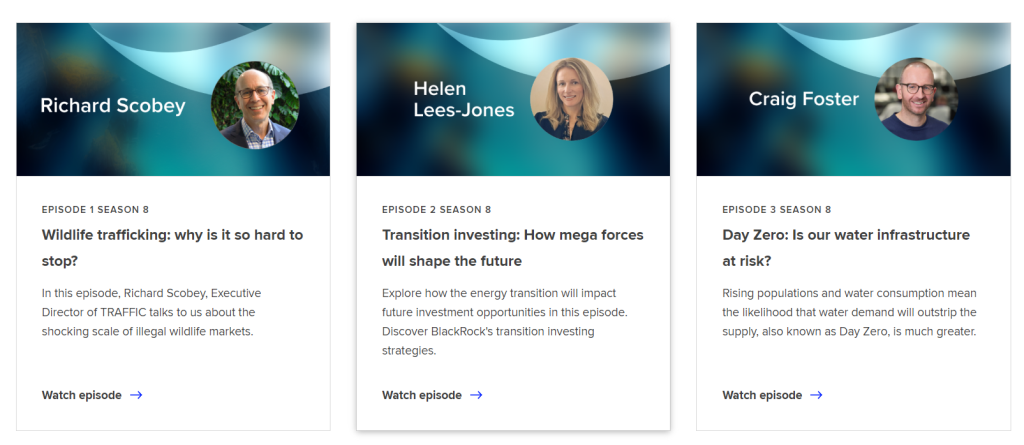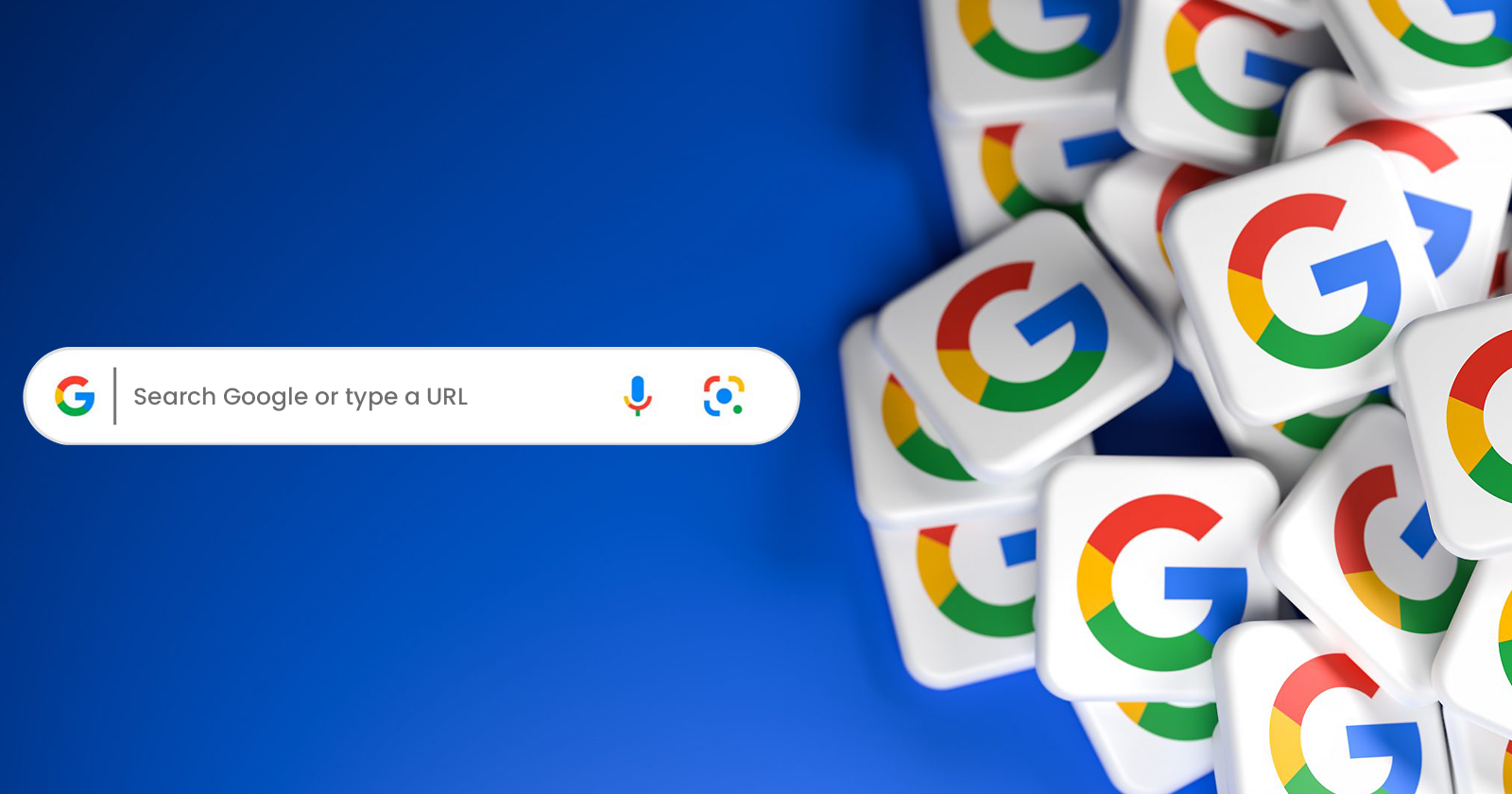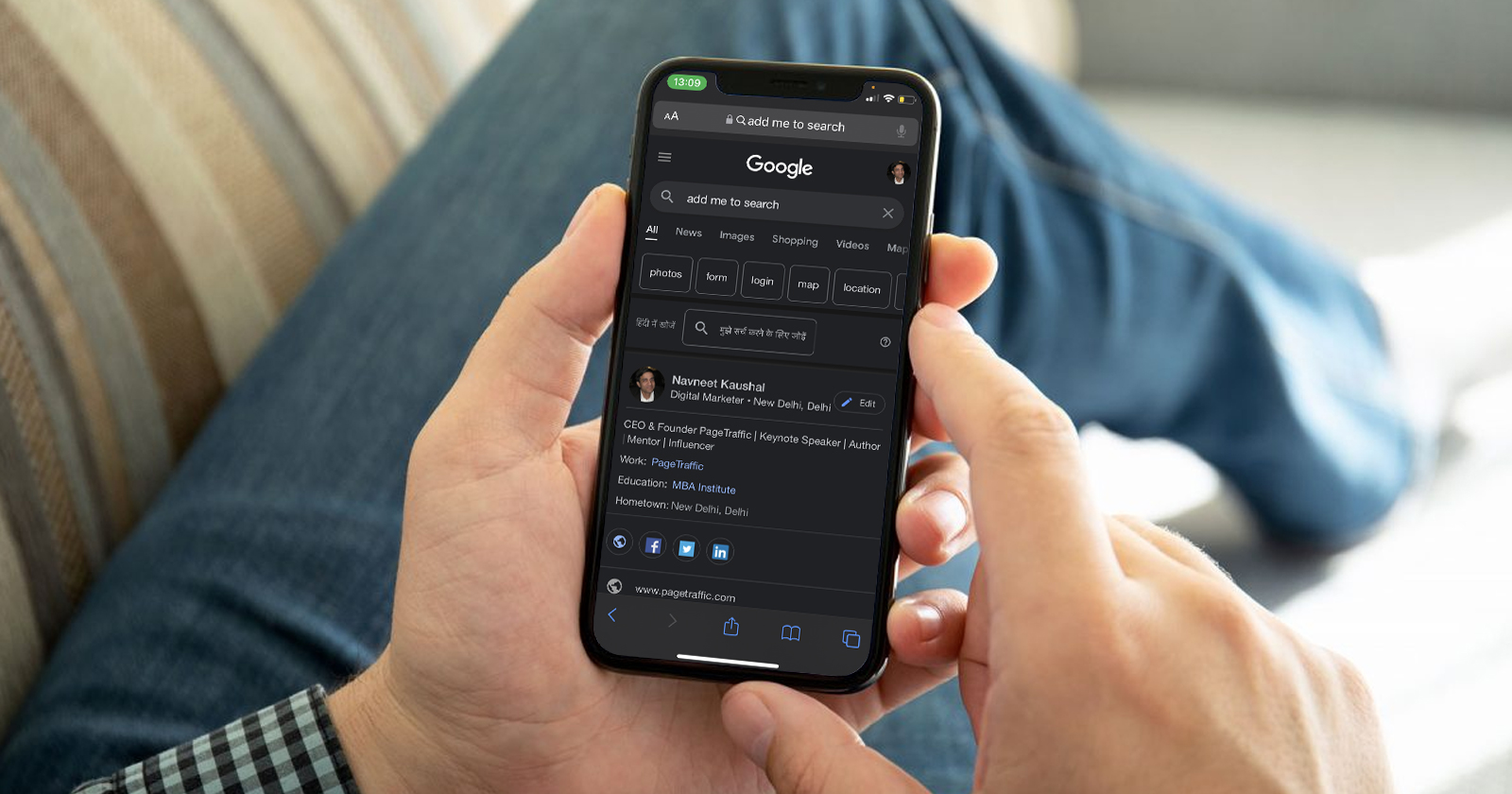Dive into the world of digital marketing, where a variety of content types reign supreme for achieving success. In this constantly changing landscape, employing a diverse array of content not only sets your brand apart from competitors but also enhances lead conversion by attracting relevant web traffic.
A poll by CMI reveals that 92% of marketers view content as a vital asset to their company. This exploration delves into the effectiveness of different content forms in setting your organization apart and elevating it in the competitive digital arena. Discover a range of tactics designed to captivate and convert audiences, from B2B strategies involving email campaigns and educational content to B2C approaches featuring a mix of storytelling, offers, incentives, and audience engagement.
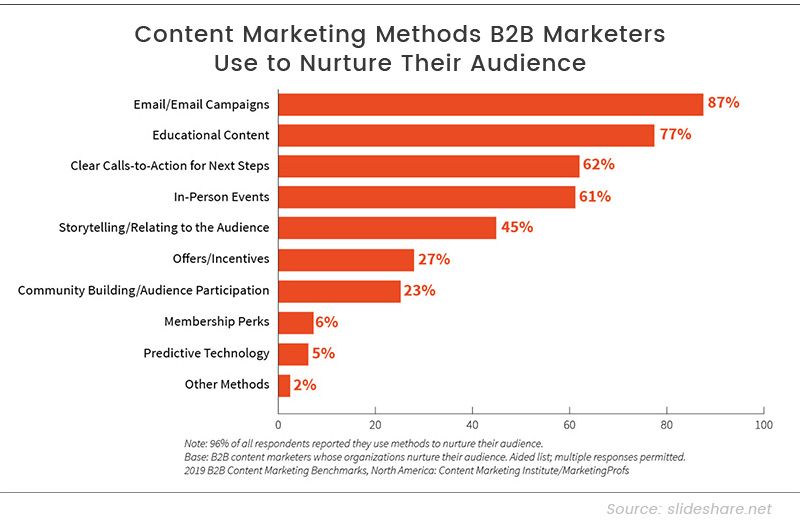
As we probe the nuances of content marketing, recognizing the diverse interests of various target segments becomes essential. Catering to the needs of early-stage B2B clients who prefer infographics and podcasts, or addressing late-stage consumers seeking concrete evidence from analyst reports and case studies, highlights the pivotal role of different content forms.
This post unveils the diverse landscapes of content types, illuminating the formats that resonate with specific client groups and paving the path for effective audience engagement. Join us in exploring different content types that are shaping the current marketing world.
What Are Different Types of Content?
Hiring a full-time content writer offers the versatility to create a range of engaging content types, significantly enhancing your content marketing efforts.
Blog Posts/Articles
Blog posts and articles are powerful forms of online content that provide valuable insights to your audience. They not only increase organic traffic but also act as educational tools, informing customers about your products, brand, and industry knowledge.
Long-form content allows marketers to align with common queries, addressing pertinent questions and exploring topics crucial to their target audience. Blog sections offer prime opportunities for keyword optimization and acquiring inbound links, thereby significantly boosting SEO and driving visitor growth. This content format enables writers to strategically include multiple targeted keywords, particularly long-tail keywords, improving visibility in search engine results pages (SERPs).
Research by HubSpot highlights the importance of blogs in content marketing, indicating that businesses with blogs are 13 times more likely to see positive ROI. A key advantage of blogging is its easy integration into most websites.
By producing content that aligns with common searches among your audience, blog posts become instrumental in attracting organic traffic. For example, Harver, a hiring and recruitment software provider, centers its blog around articles that offer best practices guidance.
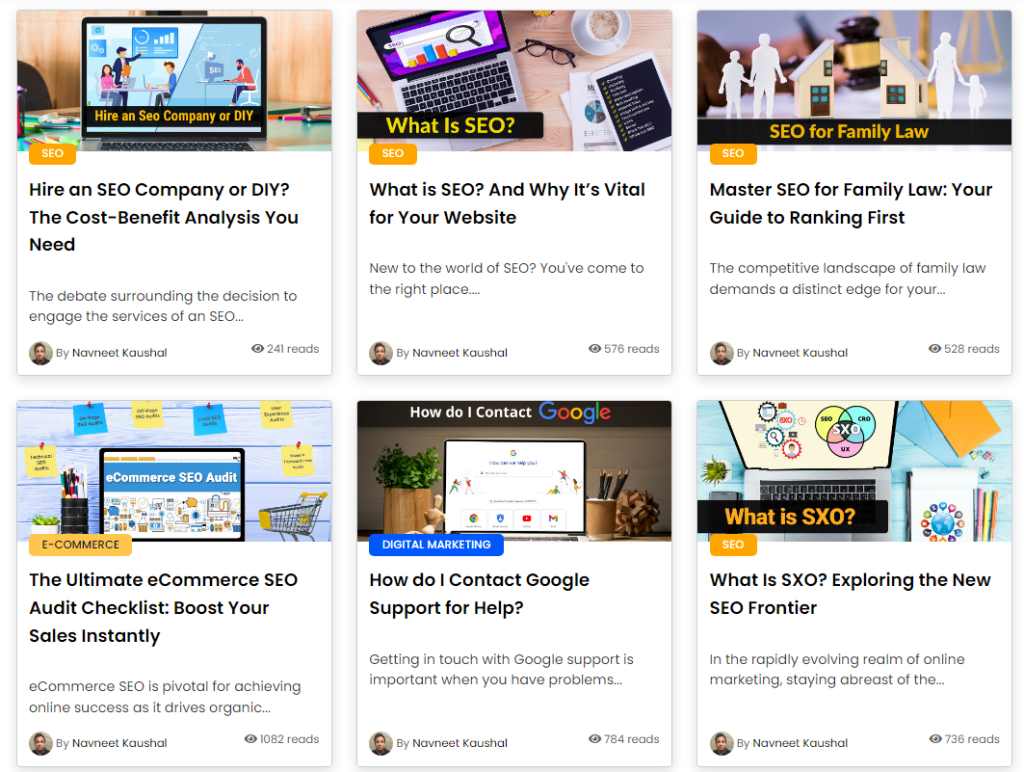
Platforms like WordPress and Blogger are great for building a following and driving traffic. However, it is essential to publish blog content on your own website to fully leverage SEO benefits. While the length of these posts can range from 300 to 2,000 words, the optimal length often averages around 1,600 words.
How-To Guides
When you search “how to” on Google, you’re met with a deluge of results. Interestingly, there has been a 140% increase in searches including “how to” over the past fifteen years.

Whether it’s mastering the basics of boiling eggs or navigating the complexities of downloading a YouTube video, a well-crafted how-to guide is a valuable resource. Identifying the learning needs in your industry and tailoring practical advice is key. A well-developed how-to guide can gain significant traction in your market.
These guides can take various formats, including videos, detailed articles, or visually engaging infographics. The goal is to make the information clear and easy to follow, so incorporating visuals is highly beneficial.
To decide on content topics, explore common questions handled by your customer support team. Addressing these frequently asked questions in your content, with step-by-step instructions, can significantly aid your audience.
Shopify’s blog is an excellent example of this approach. They excel in providing numerous tips to help business owners launch their online stores using Shopify. This proactive approach to content creation, meeting user needs with educational how-to guides, has proven effective.
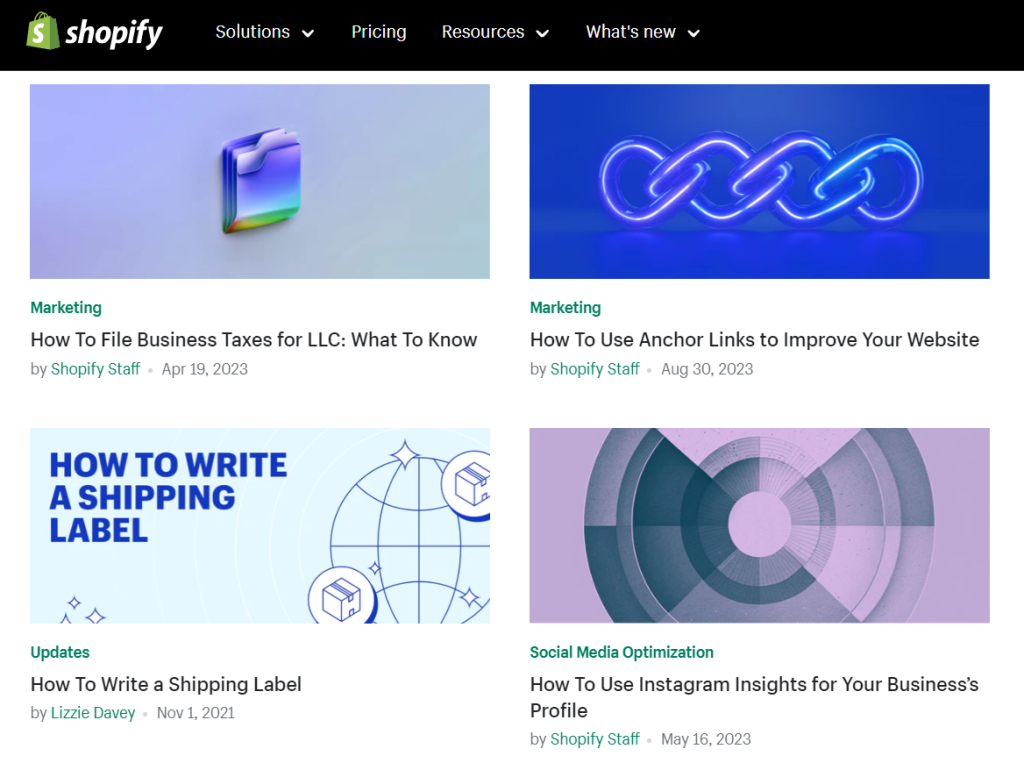
Videos
Did you know that 75 million people in the United States watch online videos daily? With its convenience and widespread reach, video has become a key content medium for businesses of all types. Even Mark Zuckerberg has expressed his belief that video will dominate online content in the future.
Still doubtful? Consider the time Americans spend watching various video platforms, including live TV and social media apps.
Here’s the average daily time spent by adults aged 18 and older on different video platforms:

The rise in video production is partly due to the fact that people consume a variety of media on their mobile phones throughout the day. The ease of consuming this format is a critical factor in its popularity. Plus, a short 30-second video is more likely to hold a viewer’s attention than a long article.
Many businesses use live video, another trending digital content form, to establish real-time connections with their audience. Facebook data reveals that people spend three times longer watching live broadcasts compared to other content types.
Live broadcasts are increasingly used by brands for instructional sessions or Q&A segments that engage their customers. For example, Banish Beauty frequently conducts live sessions with their CEO and influencers to introduce new products, provide tutorials, or answer questions.
This trend in media content distribution is expected to continue growing in the coming years.
Infographics
Infographics provide a dynamic way to share information, combining ease of distribution with straightforward comprehension. They go beyond traditional methods of presenting facts and figures by using visual means to convey data and statistics.

The strength of infographics lies in their ability to distill complex topics into more digestible formats for viewers. Compared to text-only content, infographics increase the likelihood of complete content consumption by thirtyfold. This makes them a favorite among content creators for their efficient development and effective communication.
Turning text-based posts into visual representations is an effective strategy for attracting more engaged traffic, particularly for content that relies heavily on facts and numbers. There are many online tools available to facilitate this transformation, such as Visme.co, PiktoChart, and Canva, which are known for their user-friendly interfaces.
Using these tools, the process is simplified: input your data, arrange it in a visually appealing and understandable format, and then distribute the final infographic on your blog and/or social media channels. This enhances the accessibility of your information and contributes to a more engaging and informative online presence.
White Papers, eBooks, and Reports
White papers, eBooks, and reports allow marketers to explore their subjects in depth, offering a rich trove of insights. Typically, these contents range from 3,000 to 5,000 words and are easily accessible in PDF format.
Long-form content like this is highly valuable in various business contexts. The main goal is to demonstrate comprehensive knowledge of the topic and deep industry expertise.
For eBooks, their influence extends beyond improving keyword rankings. They fulfill a dual function: gathering lead information and providing valuable insights to readers.
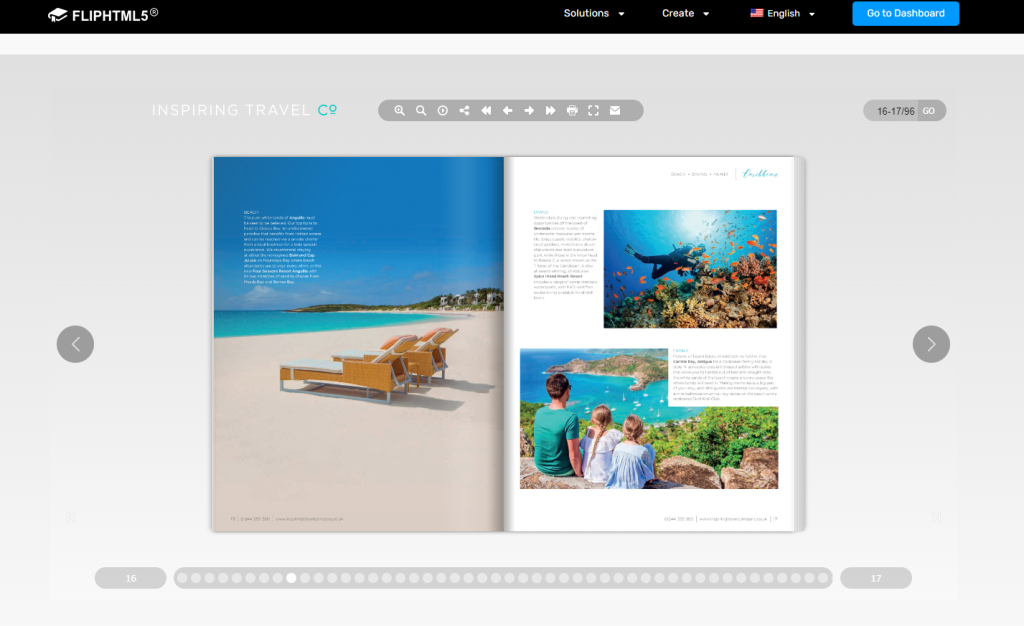
While creating white papers and reports might demand more time than shorter blog posts, their effectiveness in capturing audience attention and establishing expertise within a content marketing strategy is undeniable.
Research shows that 79% of B2B buyers share white papers with their colleagues, and eBooks can be shared thousands of times, significantly broadening their reach and impact.
Email Newsletter/Nurturing Campaigns
A regular email newsletter is more than a fleeting trend; it’s a critical tool for sharing your latest products, updates, and relevant news. This approach is validated by substantial evidence, as reports show that email content yields the highest Return on Investment (ROI) among various content distribution methods used by both B2B and B2C businesses.

The success of email campaigns lies in their simplicity, conciseness, and directness, making them ideal for frequent communication. However, it’s important to note that crafting engaging headlines is crucial to prevent emails from being lost in spam folders or discarded.
Moving on to nurturing campaigns, this strategy involves sending a series of well-crafted emails to subscribers. The aim is not only to provide information but also to gather data that can expedite the purchasing process. This data-driven approach allows you to tailor your content strategy based on your audience’s behaviors and preferences.
A trigger-based email system can be highly effective in executing nurturing campaigns. It automates the delivery of semi-personalized emails, adapting to your subscribers’ specific actions and engagements. This approach creates a more relevant and engaging experience for your audience, enhancing the effectiveness of your email marketing.
Social Media Posts
Incorporating social media into your business strategy is essential in today’s market. It’s crucial to not just use these platforms for content sharing but to tailor your content for each specific platform.
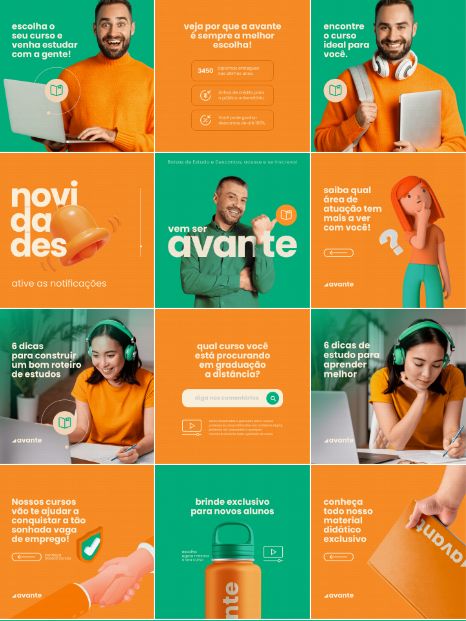
Social media sites act like brand-centric search engines, with 40% of consumers using them to discover new businesses and products. Active engagement on social media not only increases visibility but also attracts customers who are more likely to purchase.
Many social platforms offer features that help businesses connect with their audience and streamline the sales process, increasing engagement. For example, Instagram and Snapchat have tools like stories and live conversations. To make your content more interactive, consider adding elements like polls or Q&A sessions.
The use of stories and live chats on platforms like Instagram and Snapchat, along with interactive tools such as polls and Q&As, adds an engaging dimension that resonates with users.
Additionally, social media networks are making it easier for customers to shop. Instagram, for example, allows businesses to include direct product links in posts and stories. Similar features are available on platforms like Pinterest and Facebook, enabling direct transactions for consumers.
However, it’s important to maintain the right tone in your social media content. Overly promotional material can be off-putting, leading users to unfollow accounts that seem too sales-driven. Users appreciate brands that come across as authentic, friendly, and informative.
Podcasts
A decade ago, podcasts were a niche medium, but today there’s an astonishing array of 29 million episodes available. Podcast listening has become a widespread activity, with over half of Americans having tried it and 32% incorporating it into their daily routines.
According to a Statista graph, there are 132 million podcast listeners projected by 2022, highlighting a significant shift in media consumption trends.

The surge in audio content has been remarkable, making it essential for organizations to embrace podcasting. Podcasts offer a unique and intimate way to connect with users. They are particularly effective for individuals who may not prefer reading, as podcasts allow for passive consumption during activities like gym workouts or commutes.
Fortunately, there are numerous content marketing distribution tools and platforms to help expand your podcast’s reach. For instance, Penguin Random House, a leader in the publishing industry, recognized the growing preference for audiobooks and podcasts. They launched “The Penguin Podcast,” featuring engaging conversations with renowned authors. The results were significant, with increased listener engagement and a positive impact on their revenue.
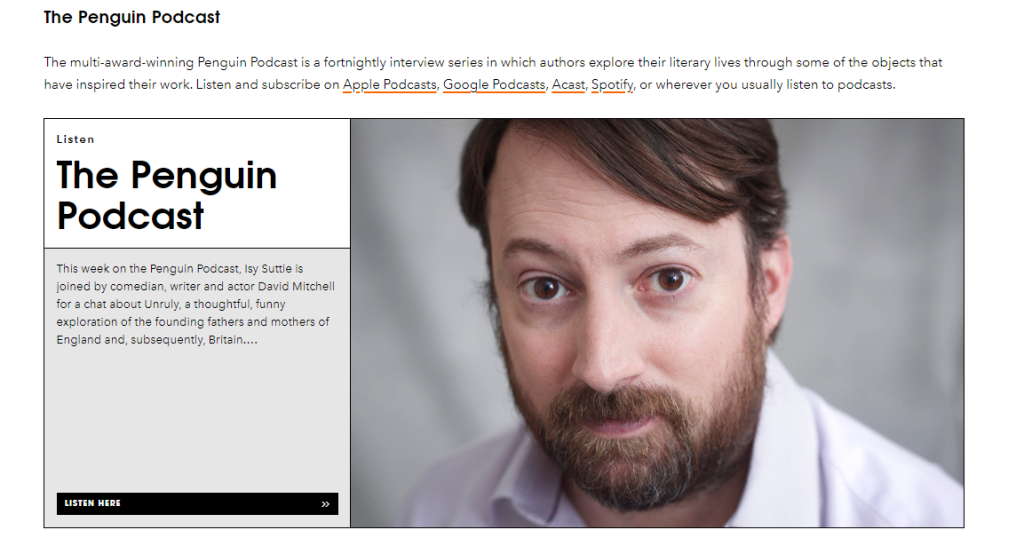
Embracing podcasting is a strategic response to the evolving trends in content consumption. Penguin Random House’s success story exemplifies the potential of podcasts as a means for brand engagement and revenue growth in the dynamic media landscape.
Thought Leadership Or POVs
Establishing credibility and trust with your audience is key, and one effective method is through leveraging the expertise of industry leaders. Conducting and sharing interviews with these experts not only provides valuable insights but also lends credibility to your content.
Going further, invite professionals to contribute guest articles to your website. This diversifies your content and allows these experts to share their unique insights on the latest industry trends and developments.
Consider various formats like blog posts, podcast interviews, videos, or webinars. These mediums add variety and cater to different audience preferences. Once you create this content, distribute it across multiple channels to maximize its reach and impact.
In summary, regularly engaging with experts and incorporating their viewpoints into your content strategy not only bolsters your reputation but also offers your audience a comprehensive and reliable source of information.
Case Studies and Client Profiles
Producing case studies and client profiles for corporate websites can be challenging due to the significant time and effort required. Nonetheless, these narratives are highly influential, acting as success stories that vividly demonstrate the positive impact of your services and organization.
These stories are particularly valued in the B2B sector, where 79% of consumers show a preference for case studies over other content marketing forms. This is due to the in-depth insights they provide, helping B2B buyers make more informed and confident purchasing decisions.
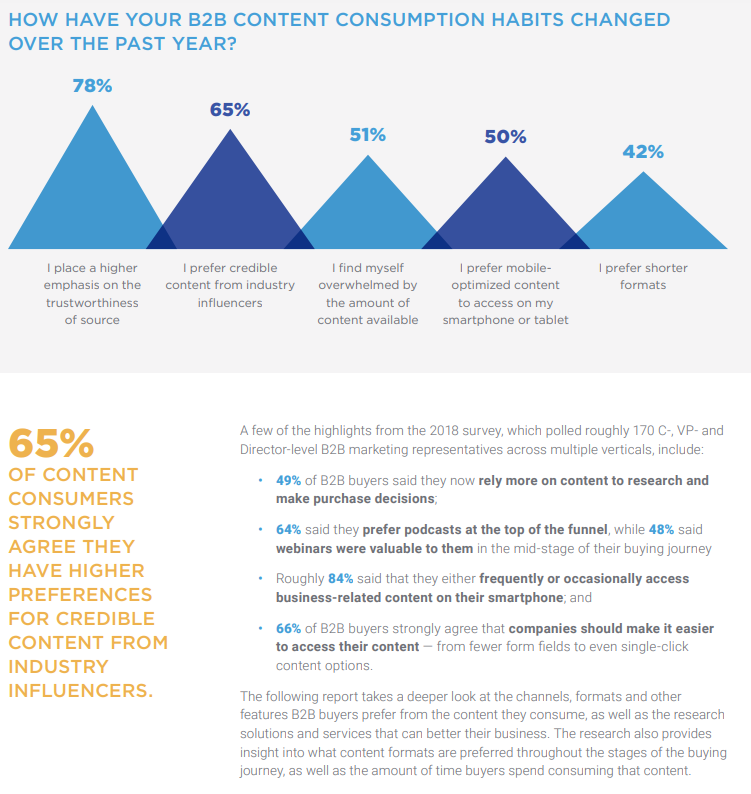
Creating such content is indeed an investment. It involves seeking permission from previous clients to be featured in your case studies and having tangible data to support and validate the results.
Remember, case studies don’t have to be lengthy documents. For example, testimonial videos, like Pioneer Business Systems’ featuring ElliotLee Real Estate clients, can be equally effective.
Investing time in researching and developing a compelling narrative from your portfolio can greatly enhance your company’s credibility and perceived expertise. The effectiveness of your case studies is directly linked to the precision of the outcomes you showcase and the depth of your process descriptions. The more detailed and specific your approach, the more convincing your organization will appear to your target audience.
Webinars
Webinars are a valuable tool for delivering informative content, particularly favored by B2B firms for their factual nature. Their impact on marketing outcomes, sales, and engagement rates is profound. A ClickMeeting study showed that 76% of B2B customers made purchase decisions after attending a webinar.
For effective webinars, it’s essential to balance engagement and relevance. Viewer preferences are important, with most favoring webinars lasting between 30 to 45 minutes. Additionally, 92% of attendees prefer interactive elements like a live Q&A session at the end.
Collaborating with industry thought leaders can elevate webinar content. By incorporating expert perspectives and insights, webinars can offer exclusive, high-value information. For instance, Kissmetrics hosted a webinar with the CEO of Mammoth Growth, bringing in an authoritative voice in marketing.

In conclusion, webinars are a powerful way to convey information and engage audiences, especially in the B2B sector. Their success hinges on combining relevance, interactivity, and collaboration with industry experts.
Conclusion
To sum up, high-quality content remains a pivotal element of any successful marketing strategy. It’s essential not just for converting leads into customers but also for organically attracting them in the first place.
The power of content lies in its ability to be controlled, enabling businesses to craft narratives that persuade consumers to support their brand and make purchases.
In the current marketing landscape, there’s a vast array of content possibilities, a stark contrast to the limited choices of the past. Today, companies have the flexibility to choose from various content options that best resonate with their target audience’s preferences when devising their marketing strategies.
FAQs
Which types of content are the most advantageous for marketing?
A diverse range of content formats in your strategy allows you to effectively communicate across different platforms, increase audience engagement, and cater to varied preferences.
How can content marketing leverage user-generated content?
User-generated content, like social media posts, testimonials, and reviews, bolsters your brand’s credibility. It highlights positive customer experiences, encouraging others to engage with and trust your products or services.
How can videos enhance content marketing efforts?
Videos, being dynamic and engaging, serve as an effective way to convey your message. They are especially powerful for product launches, storytelling, and creating a personal connection with your audience.
What is the purpose of a webinar in content marketing?
Webinars offer a platform to engage with your audience live, share valuable insights, host Q&A sessions, and establish your company as a knowledgeable authority in your field.
